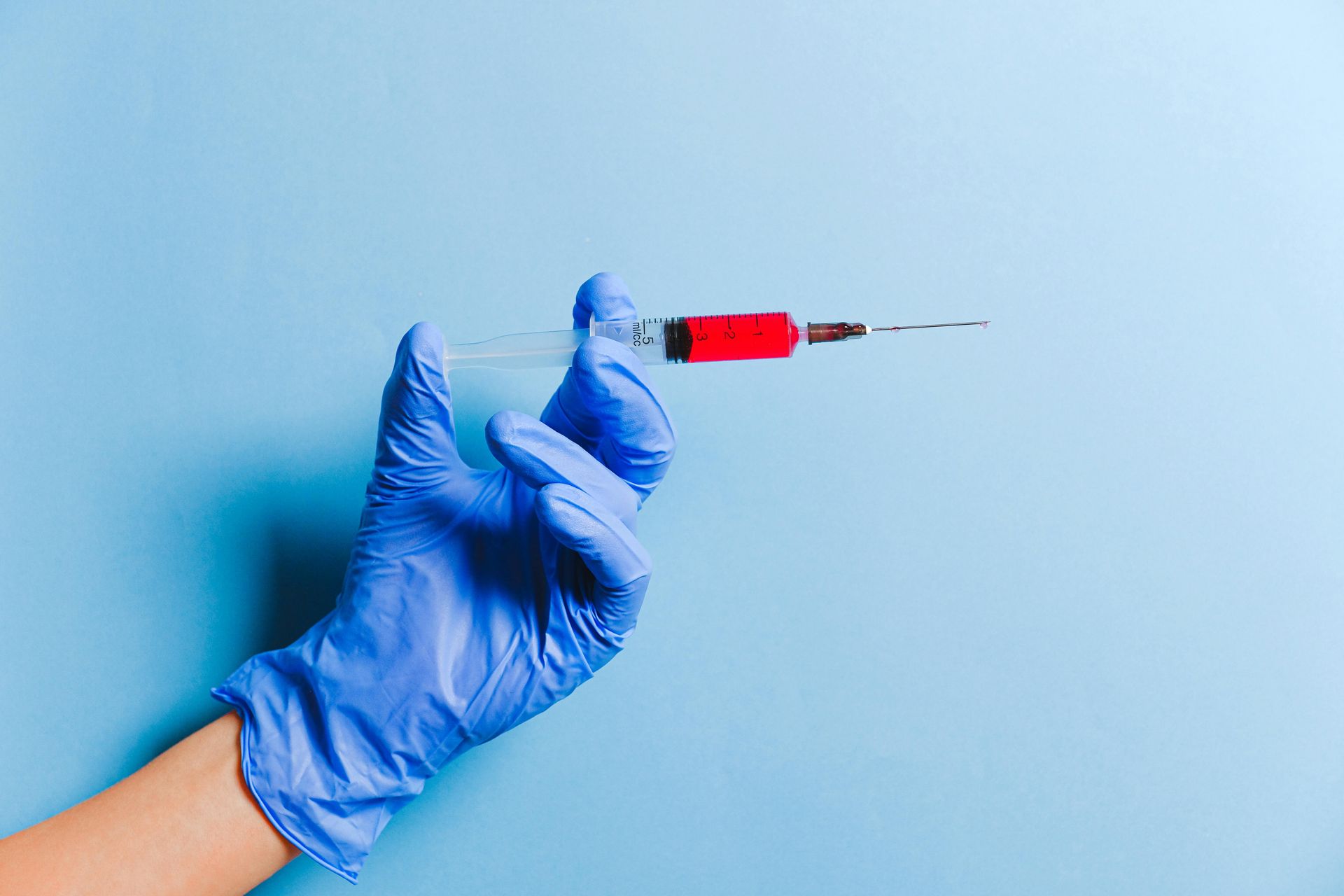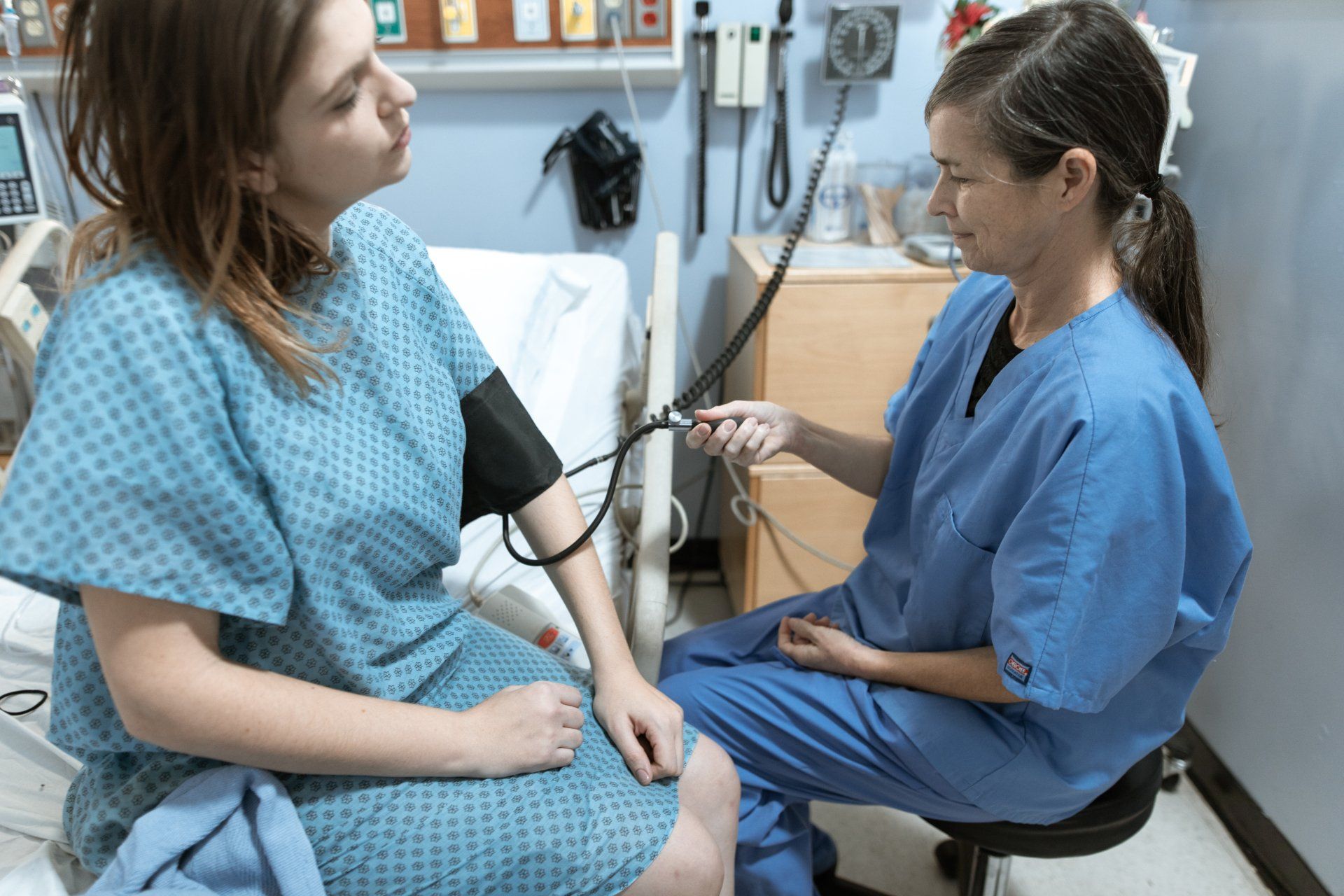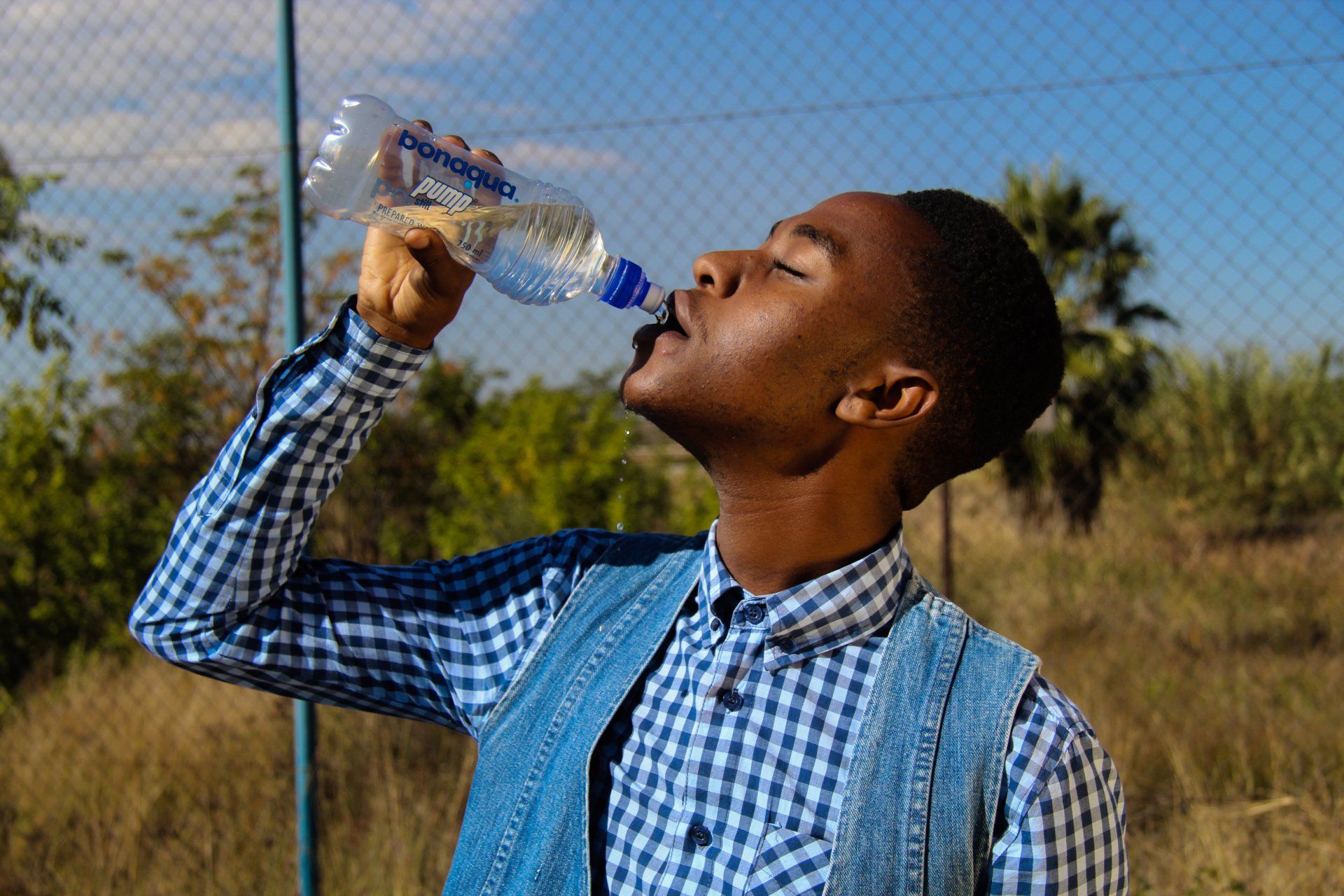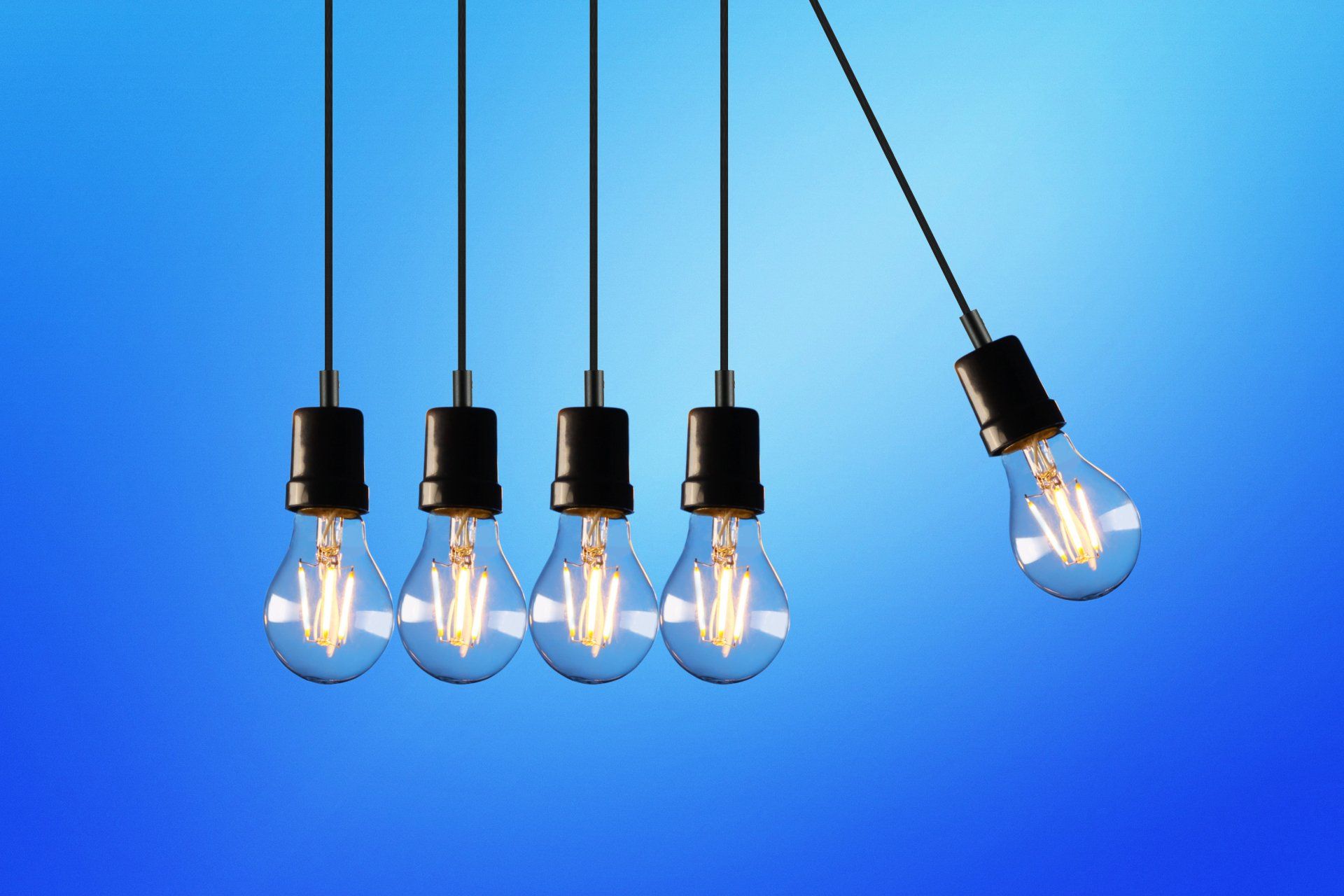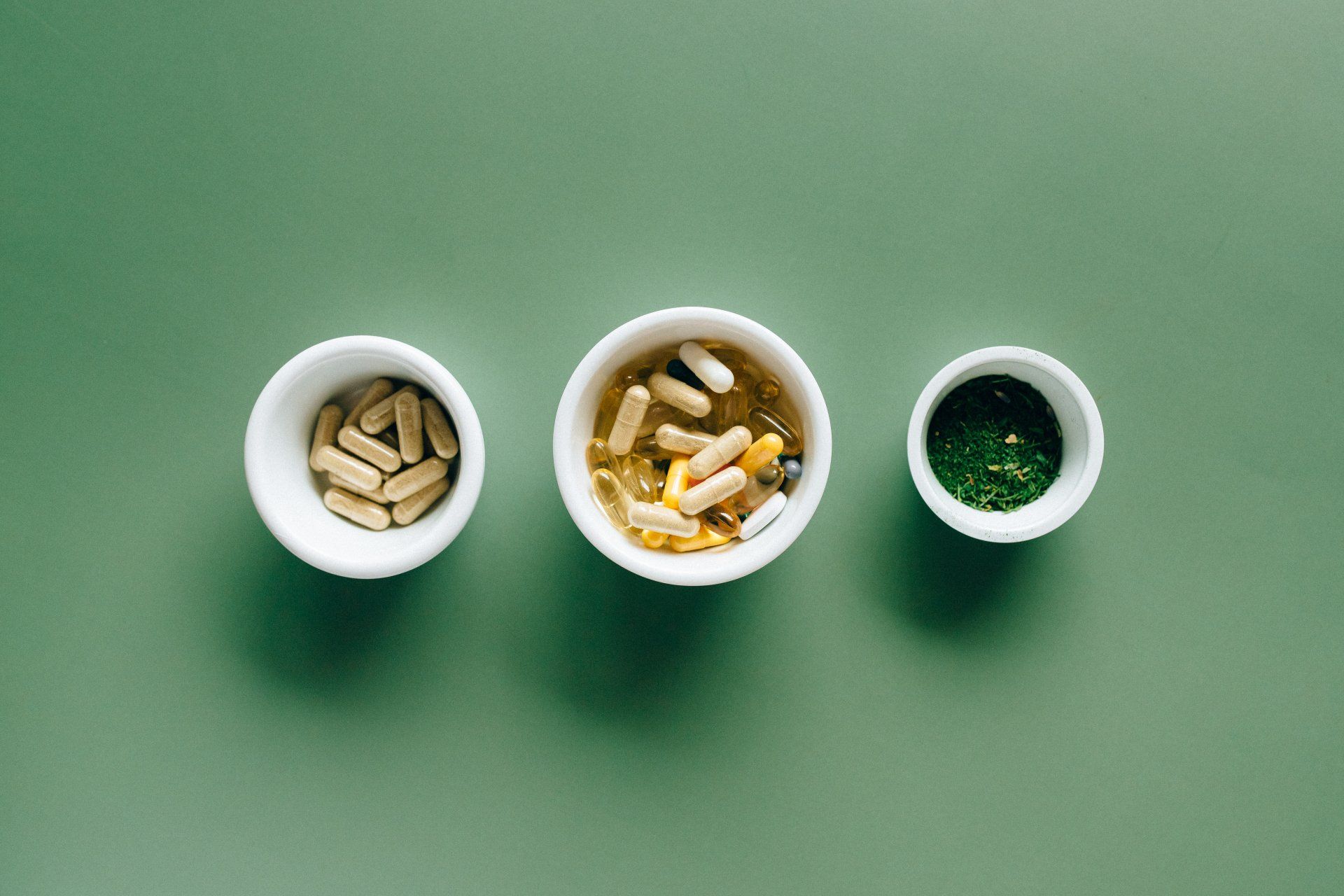
Normal Healthy Heart Function
How does a Healthy Heart Work?

How should a normal, healthy heart function?
Your heart is an amazing work of engineering!
When it functions as designed, you hardly ever think about it. It does its job all day, and you don't even need to think about it.
But when something does go wrong with it, you are usually quick to notice that something is wrong, even if you can't put your finger on exactly what that is.
When you hear a cardiologist or other medical provider explain what is wrong with your heart, you can get confused by all the terms and jargon.
It helps to understand the way your heart should be functioning. To understand what is wrong with your heart, you must first understand how a normal, healthy heart functions.
Let's get to it!
We'll start with the top part of your heart: your atria.
Atrial function
The heart's atria are small sack-like muscles located at the top of your heart. They hold blood before they pump it into the coronary arteries (the arteries supplying blood to your heart muscle) and the ventricles, the lower chambers of your heart.
The right atrium ("atrium" is the singular form of the plural "atria") receives deoxygenated blood (blood that has had much of the oxygen removed) from your body and pumps it to the right coronary artery and the right ventricle. From the right ventricle, the blood flows to your lungs.
The left atria receive oxygenated blood (blood that is full of oxygen) from your lungs and pump it to the left coronary artery and then to the rest of your body.
Circulation of blood in the heart
Your heart is a muscle that needs blood flow like any other muscle or organ. The arteries responsible for providing this blood flow are called the coronary arteries.
To keep it simple, the blood flow to the right side of your heart starts in the right atrium, and the blood flow to the left side of your heart starts in the left atrium. Coronary circulation, the blood flow to the heart muscle, is a bit more complicated than that, but that is the general idea.
Ventricular function
The ventricles are the larger sack-like parts of the heart muscle at the bottom of your heart.
The right ventricle receives blood from the right atrium through the tricuspid valve and then pumps this blood to the lungs. The blood picks up oxygen in the lungs and then returns to the heart. The left atrium receives this oxygen-rich blood from your lungs.
The left ventricle receives the blood from the left atrium through the bicuspid valve (also called the mitral valve). Then, the left ventricle pumps the blood throughout the rest of your body, where the oxygen is delivered to your body's muscles, organs, tissues, and cells. The oxygen-deficient blood then enters the right atrium, where the cycle begins all over again.
Circulation of blood throughout the body
Your blood keeps circulating in this figure-8 type circuit throughout your body night and day, sleeping and awake.
- Oxygenated blood in the lungs enters the left atrium.
- It enters the left coronary arteries.
- It passes through the mitral valve into the left ventricle.
- It goes to the entire body, and oxygen and nutrients reach the body's tissues.
- Deoxygenated blood enters the right atrium.
- It flows into the coronary arteries.
- It passes through the tricuspid valve into the right ventricle.
- It is pumped into the lungs to receive more oxygen.
- The whole process starts all over again.
Heart Facts
A healthy heart will typically beat 60-100 beats per minute in adults.
Some factors that affect your heart rate include:
- Your fitness levels
- Your age
- Your position (lying, sitting, or standing)
- Your underlying medical conditions
So, at 60-100 beats per minute, that's an average of 100,000 times per day and 2.5 billion times throughout an average lifetime!
Almost the entire blood volume in your body is pumped through your heart every minute. That's about 5-6 quarts of blood every minute.
Every day, your heart pumps approximately 2,000 gallons of blood throughout your body.
Your heart is an incredible organ that works your entire life to provide oxygen, nutrients, and waste removal services. Do your best to care for your heart. Learn all you can about it and how you can keep it healthy and functioning up to and beyond that 2.5 billionth beat!
Sources:
AHA Journals. (2006). Right Ventricular Function and Failure | Circulation (ahajournals.org)
Beckerman, James, MD, FACC. (2020). How the Heart Works & Pumps Blood Through The Human Body (webmd.com)
Cleveland Clinic. (2019). Coronary Arteries: How It Works & Images (clevelandclinic.org)
CSG Network. (2022). Heart Blood Volume Calculator (csgnetwork.com)
Healthline Medical Network. (2018). Left Ventricle Function, Definition & Anatomy | Body Maps (healthline.com)
Healthline Medical Network. (2018). Right Atrium Function, Definition & Anatomy | Body Maps (healthline.com)
Healthline Medical Network. (2019). Left Atrium Function, Definition & Anatomy | Body Maps (healthline.com)
Joshi, Subhash D, Joshi Sharda S., Athavale, Sunita Arvind. (2010). Origins of the Coronary Arteries and Their Significance (nih.gov)
Laskowski, Edward R., M.D. (2020). Heart rate: What's normal? - Mayo Clinic
MedlinePlus. (2022). Circulation of blood through the heart: MedlinePlus Medical Encyclopedia Image
NOVA. (1997). NOVA Online | Cut to the Heart | Map of the Human Heart | Amazing Heart Facts (pbs.org)
Thank you for reading Patient Education Essentials, the Write Shift RN blog.
